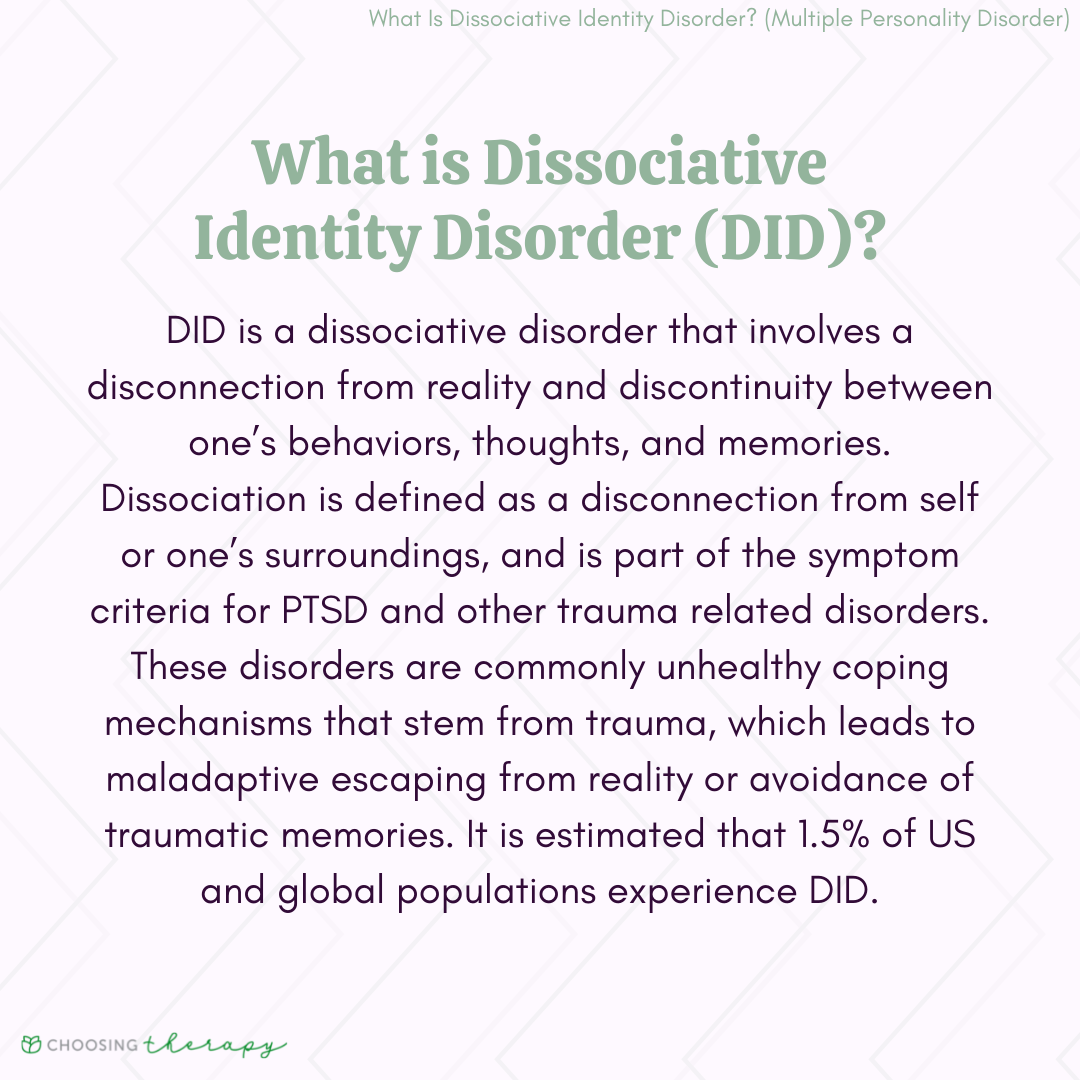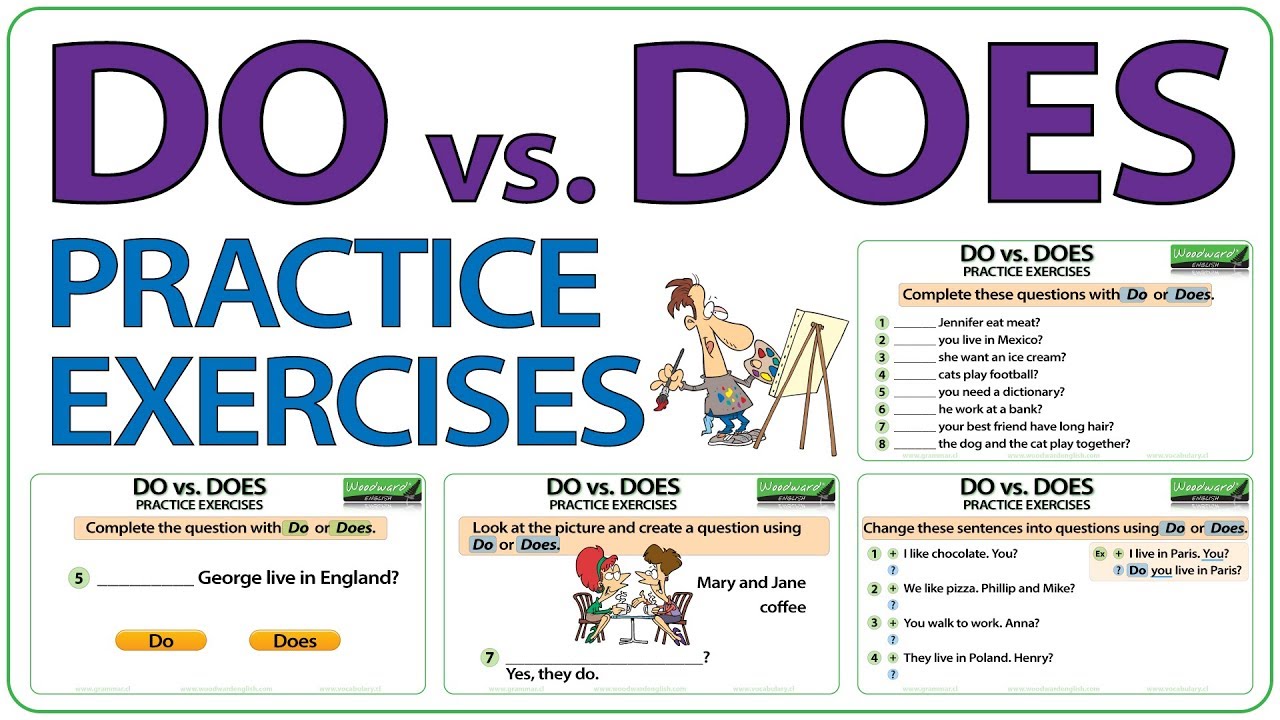How Wellness is Shaping Contemporary Social Practices: Trends, Challenges, and Opportunities
Introduction: The Rise of Wellness in Modern Social Life
In recent years, wellness has evolved from a niche interest to a central theme influencing nearly every aspect of contemporary social practices. What once referred primarily to fitness or diet now encompasses mental health, social connection, workplace culture, technology use, and community engagement. This transformation has not only changed individual behaviors but also reshaped group norms, business strategies, and institutional policies. Understanding these shifts is essential for anyone seeking to thrive in today’s wellness-driven society.

Source: brasilescola.uol.com.br
Section 1: Wellness as a Social Priority
Wellness is now widely viewed as a daily, personalized practice rather than just a set of activities or products. According to a 2025 global survey, 84% of U.S. consumers report that wellness is a top or important priority, with millennials and Gen Z leading the way. They view wellness not as a luxury, but as an integral part of everyday life-impacting sleep, nutrition, exercise, mindfulness, and even appearance [1] . This cultural shift has broadened the definition of wellness, embedding it deeply into social routines and expectations.
Practical Application: To adopt this holistic approach, individuals can begin by identifying their personal wellness priorities-whether that’s improving sleep routines, increasing physical activity, or practicing daily mindfulness. Many organizations and workplaces now offer resources such as wellness seminars, fitness classes, or access to mindfulness apps that can help you start this journey.
Section 2: Technology and the Wellness Movement
The integration of technology into wellness practices has been a game-changer. Wearable devices, nutrition-tracking apps, telehealth platforms, and mental health chatbots have made wellness more accessible and measurable than ever. Tools like fitness trackers and mindfulness apps (such as Calm or Headspace) help individuals monitor their habits and set actionable goals [2] .
Implementation Steps: To leverage technology for personal wellness:
- Research reputable wellness apps that offer privacy and evidence-based features.
- Set up reminders to encourage regular use-consistency is key.
- Combine digital tracking with offline practices, such as group classes or outdoor activities, to maximize benefits.
If you’re unsure which products or programs best fit your needs, consult official review sites or ask for recommendations from healthcare providers or wellness professionals.
Section 3: Mental Health Takes Center Stage
Mental wellness has become the foundation of overall well-being, influencing everything from decision-making and resilience to workplace productivity and financial stability. Research in 2025 shows that 83% of surveyed participants now prioritize mental wellness even above physical or financial health [3] . This cultural emphasis is reflected in the growing demand for mental health resources, training, and stigma-reduction initiatives in schools, communities, and workplaces.
Accessing Support: If you or someone you know needs mental health support, there are several options:
- Contact licensed mental health professionals through your primary care provider or local clinics.
- Many employers now offer Employee Assistance Programs (EAPs) with free counseling and referrals.
- Major telehealth platforms connect users with therapists and counselors virtually for greater accessibility.
- Look for community organizations that offer sliding-scale services or scholarships for those with financial need.
For information on resilience and mental health, the American Psychological Association provides detailed resources. Visit the APA’s official website and search for “resilience” or “mental wellness”.
Section 4: Social Connection and Community Wellness
Strong social connections are increasingly recognized as essential to both physical and mental health. Studies show that robust social support can lead to longer life, reduced risk of chronic disease, and improved emotional well-being [4] . Conversely, social isolation is linked to higher rates of depression, anxiety, and even heart disease.
Building Connections: To strengthen your social wellness:
- Engage in group fitness classes, volunteer opportunities, or community events.
- Consider joining clubs or online support groups focused on shared wellness interests.
- If you feel isolated, reach out to local organizations or faith communities that offer support programs.
- Employers can foster social well-being by encouraging team-building activities and flexible work arrangements.
If you need help finding community resources, consider contacting your local library, community center, or city government for a list of free or low-cost programs.
Section 5: Wellness in the Workplace
Workplace wellness initiatives have become a cornerstone of organizational culture, with businesses recognizing the link between employee well-being, productivity, and retention. Flexible work arrangements, mental health training, and access to wellness resources are now standard in many industries [2] . Such programs are especially important as remote work and hybrid environments become more common.
Getting Started: Employees can advocate for or participate in wellness programs by:
- Asking human resources about existing wellness benefits, such as fitness stipends or mental health days.
- Suggesting new initiatives, such as on-site yoga, nutrition workshops, or mindfulness breaks.
- Utilizing available training in stress management, resilience, or time management.
Employers who want to start or improve wellness programs can consult organizations like the Global Wellness Institute or the American Psychological Association for guidance on best practices.
Section 6: Inclusive and Holistic Approaches
The wellness industry is increasingly focused on inclusivity and equity, aiming to address disparities in access and outcomes across different populations. This includes offering culturally relevant care, addressing social determinants of health, and supporting historically disadvantaged groups through identity-based wellness businesses and sliding-scale payment options [3] .
Action Steps: If you encounter barriers to accessing wellness services:
- Seek out organizations that explicitly serve your community or cater to specific needs (e.g., LGBTQ+ support centers, community clinics).
- Ask about financial assistance or scholarship opportunities for wellness programs.
- Advocate for inclusive policies within your workplace, school, or local government.
Community leaders and policymakers may consult the Global Wellness Institute’s research for strategies on making wellness more inclusive.
Section 7: Overcoming Challenges and Exploring Alternatives
While the wellness movement has brought many benefits, it also faces challenges such as accessibility, affordability, and misinformation. Not everyone has equal access to wellness services or the financial means to participate fully. Additionally, the proliferation of wellness products and trends can sometimes lead to confusion or exploitation.
Solutions and Alternatives:
- Prioritize evidence-based wellness practices-consider consulting healthcare professionals before starting new regimens.
- Opt for community-based or nonprofit programs when cost is a concern. Many offer free classes, support groups, or health screenings.
- Stay informed by relying on reputable sources and official organizations for wellness information.
If you’re unsure where to begin, your primary care provider, community health center, or local government agency can point you toward trustworthy wellness resources.
Conclusion: The Future of Social Practices and Wellness
Wellness continues to shape contemporary social practices by redefining how individuals connect, work, and care for themselves and others. As mental health, technology, inclusivity, and community connection become central to the wellness movement, accessible and actionable pathways are increasingly available for everyone. Whether through digital tools, workplace programs, or community initiatives, integrating wellness into daily life is not only possible but essential for thriving in the modern world.

Source: pronunciationstudio.com
References
MORE FROM oncecoupon.com













